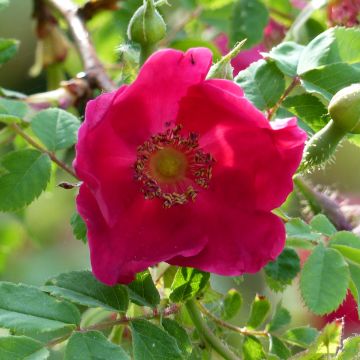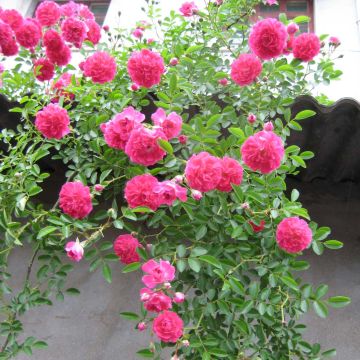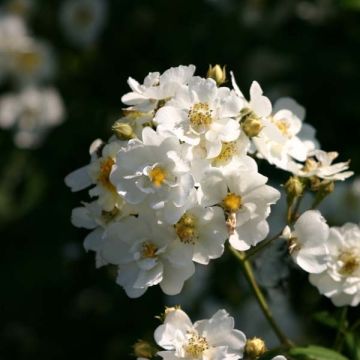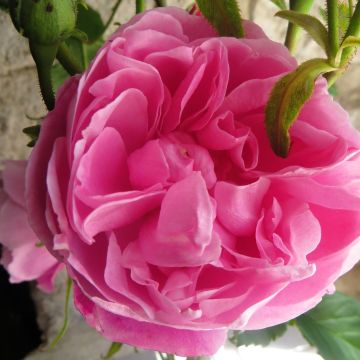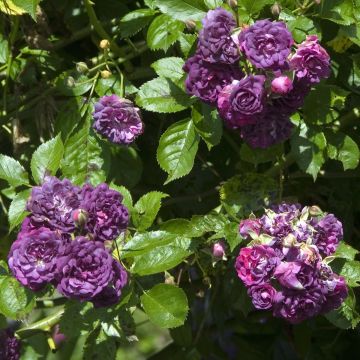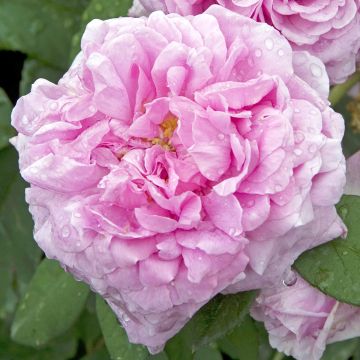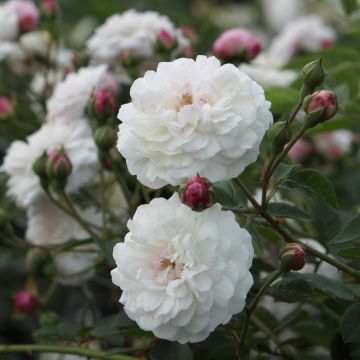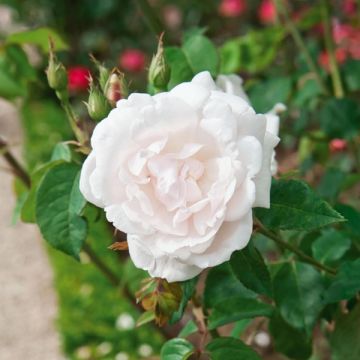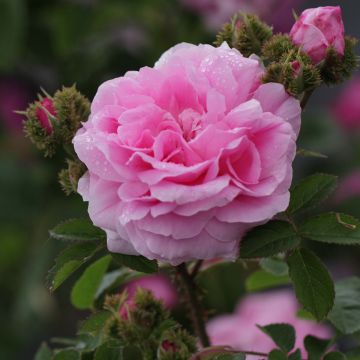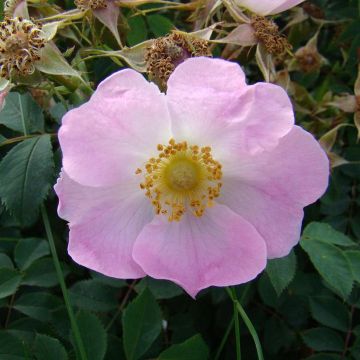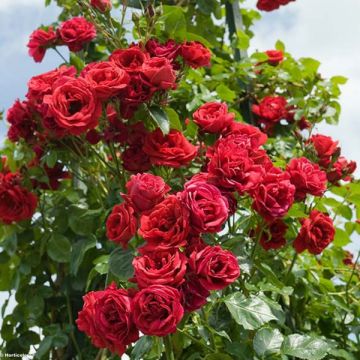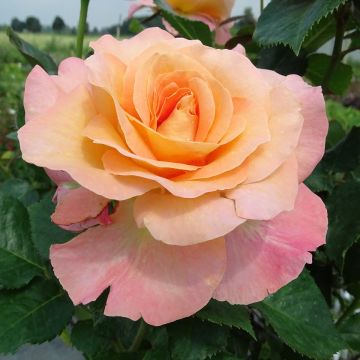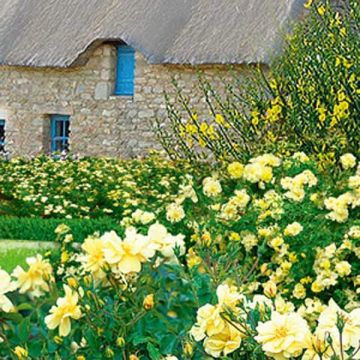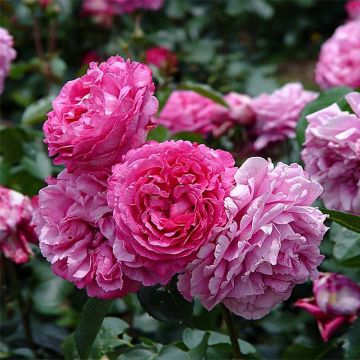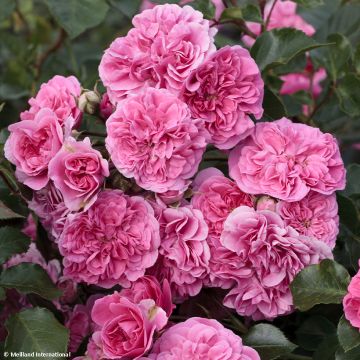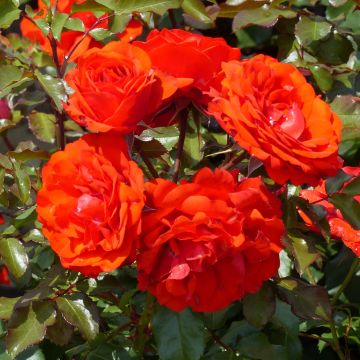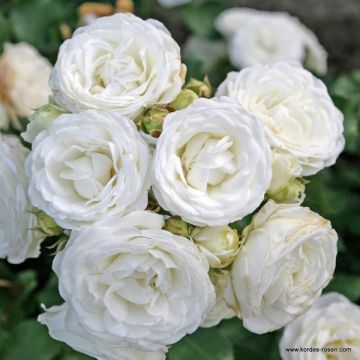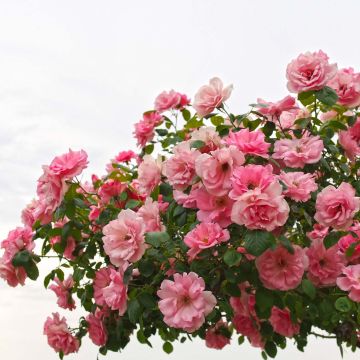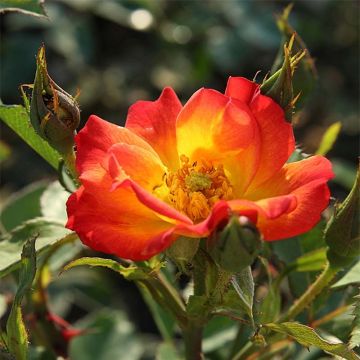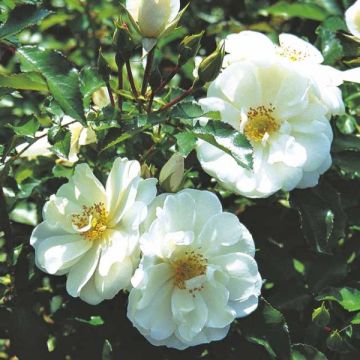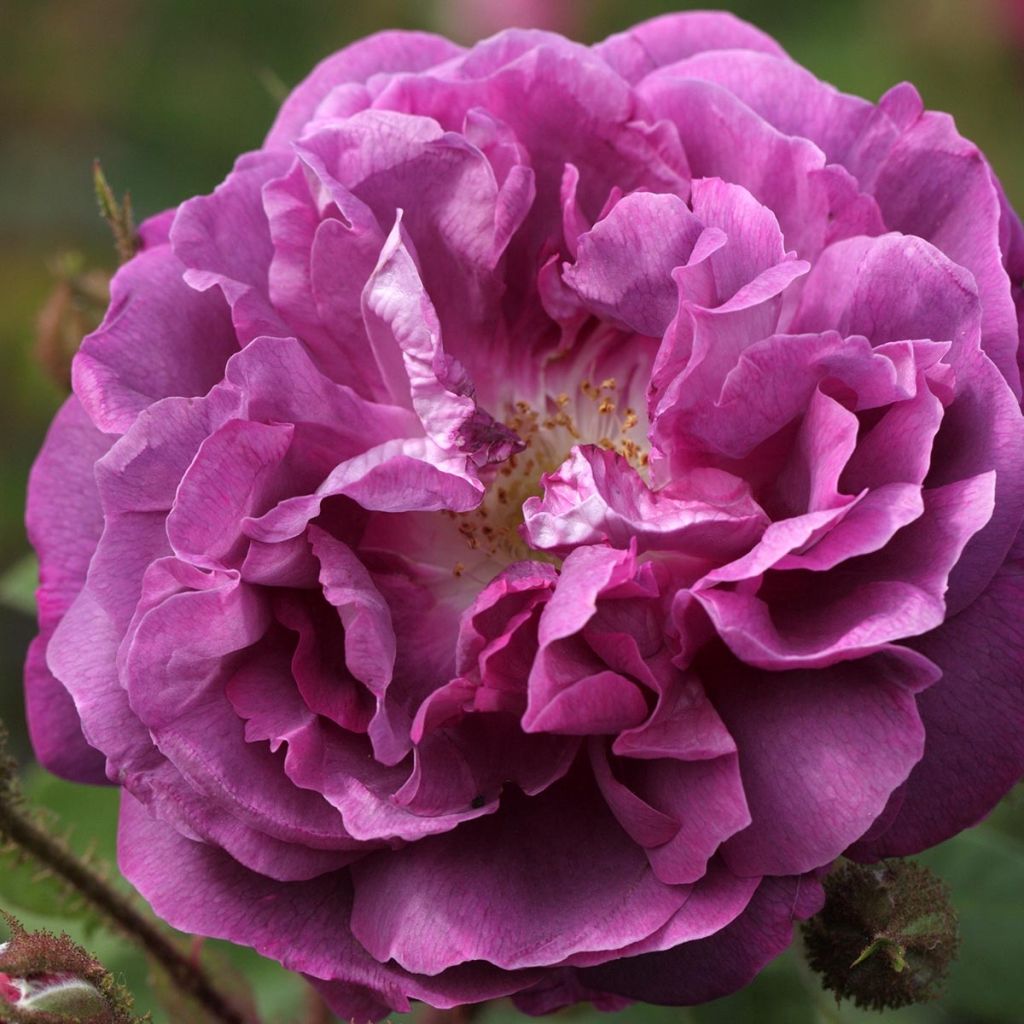

Rosa William Lobb - Moss Rose
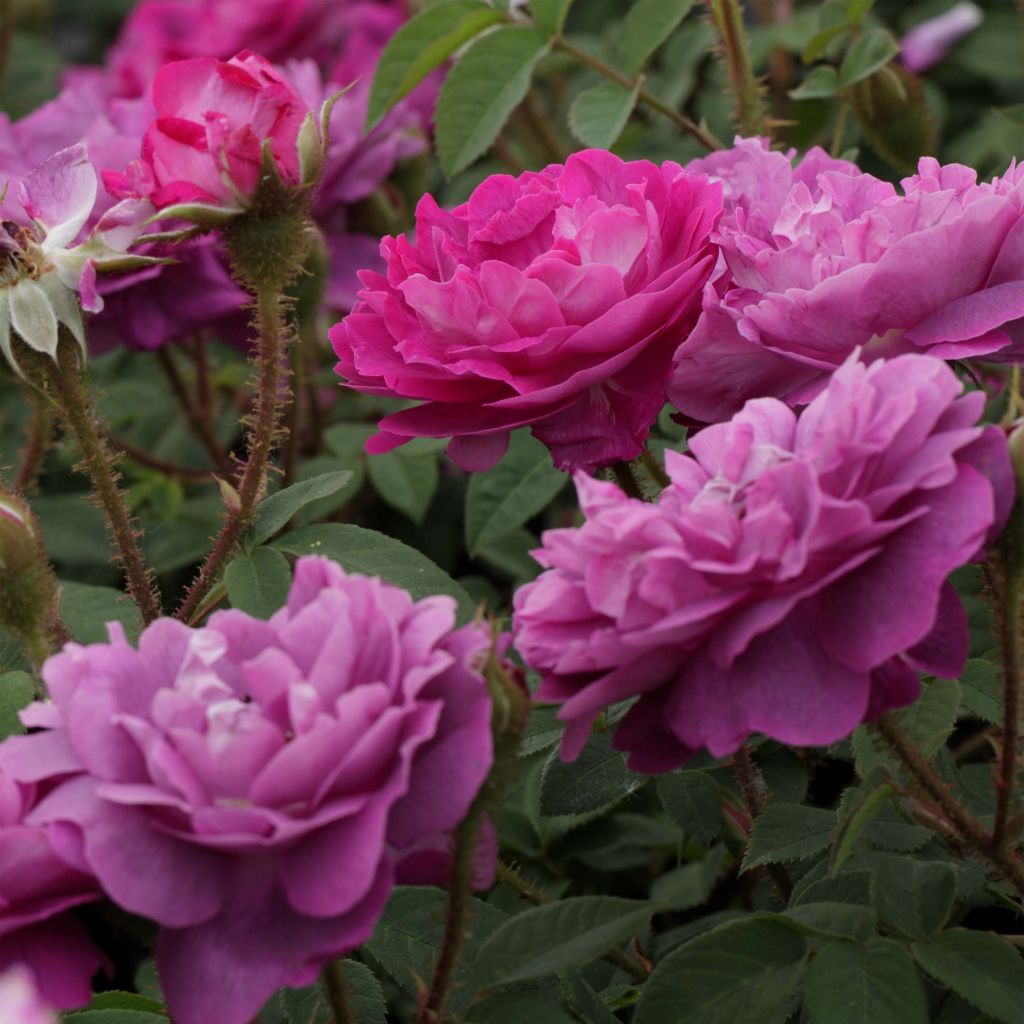

Rosa William Lobb - Moss Rose
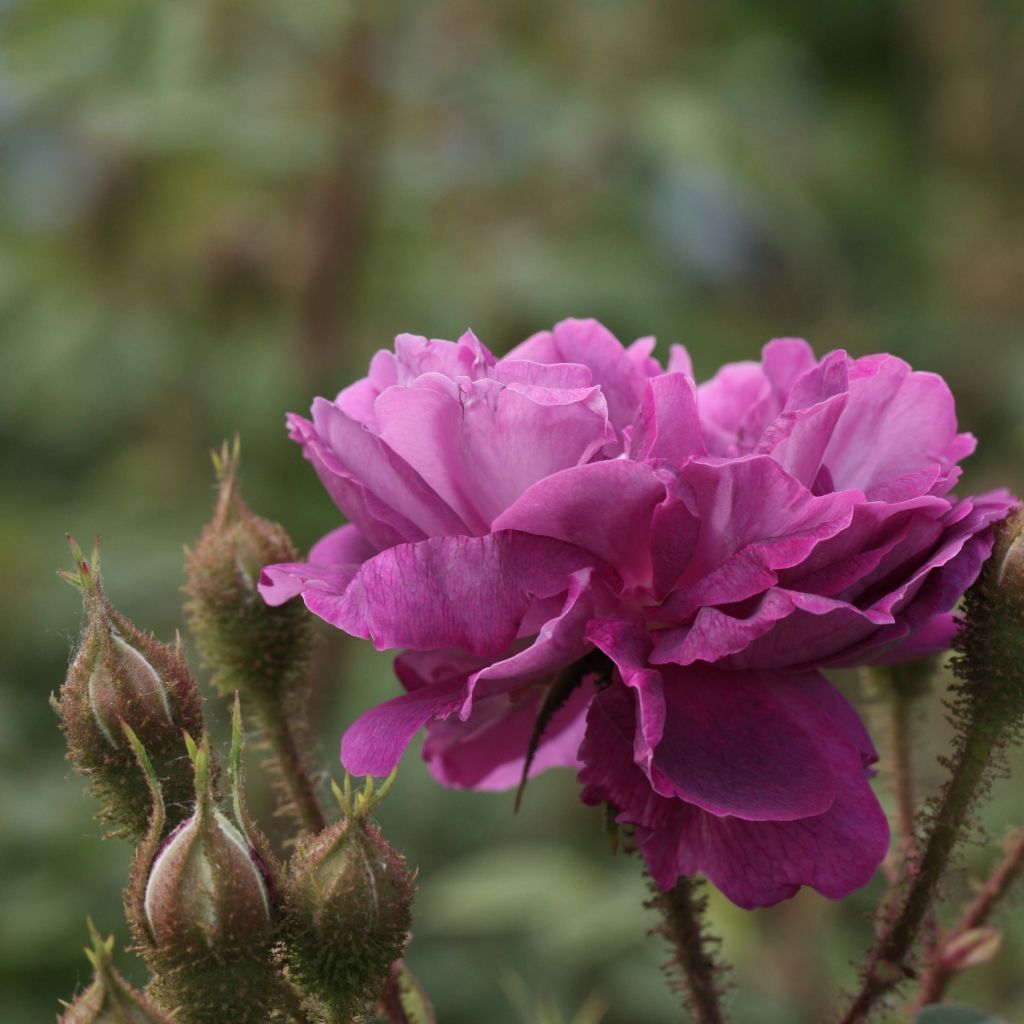

Rosa William Lobb - Moss Rose
Rosa William Lobb - Moss Rose
Rosa Centifolia Muscosa William Lobb
Moss Rose, Centifolia Moss Rose
This item cannot be shipped to the selected country
Delivery charge from €5.90
Delivery charge from €5.90
Delivery to Corse prohibited
More information
Schedule delivery date,
and select date in basket
This plant carries a 24 months recovery warranty
More information
We guarantee the quality of our plants for a full growing cycle, and will replace at our expense any plant that fails to recover under normal climatic and planting conditions.
From €5.90 for pickup delivery and €6.90 for home delivery
Express home delivery from €8.90.
From €5.90 for pickup delivery and €6.90 for home delivery
Express home delivery from €8.90.
Delivery to Corse prohibited: UE law prohibits the import of this plant from mainland France to Corse as part of the fight against Xylella fastidiosa. Please accept our sincere apologies.
More information

Does this plant fit my garden?
Set up your Plantfit profile →
Description
The Old Rose 'William Lobb' (also known as Duchesse d'Istrie or Old Velvet Moss) is undoubtedly the most vigorous and original among moss roses. This large bush with a spacious and airy habit, capable of reaching over two meters, is covered in summer with satiny roses of old-fashioned charm, in a magnificent palette of colours ranging from magenta purple to greyish purple. The gardener will appreciate the sweet scent of Damask rose, to which the thick green moss that covers the peduncles and calyxes adds an original resinous note. This large rose needs space to flourish. It will fully express its potential in a large bed, against a fence, but can also be trained as a small climber.
The Rose 'William Lobb' was bred in France by Laffay in 1855. It is classified in the horticultural category of moss roses, in Latin Rosa centifolia Muscosa, which have the common characteristic of having a kind of fragrant moss on the flower stalks, and the green calyx that protects the flower buds. This 'moss' is equipped with fragrant resin glands. William Lobb was awarded by the RHS in England for its numerous qualities.
This rose develops into a large, open bush with a slightly loose habit, supported by flexible stems that bend under the weight of the vegetation and flowers. It grows rapidly and can easily exceed 1.8 metres (6 feet) in all directions. Its stems are green and covered in reddish prickles. Flowering takes place in June-July depending on the climate. The flowers are semi-double, with a diameter of 7cm (3in), gathered in clusters. The flowers curve to form an informal cup shape, opening wider before fading. Their colour evolves from magenta red to purple with darker shades, then turns lilac, and finally to greyish purple. The reverse of the petals is lighter and has a satin texture. At full bloom, the petals open to reveal a white throat with yellow stamens. The fragrance of the flowers is pronounced, especially in hot and calm weather. The foliage, of a fairly bright green, is composed of leaves divided into 5 to 7 large leaflets with toothed edges. It proves to be quite susceptible to black-spot and botrytis in humid climates. A plant that benefits from a well-ventilated and sunny position, in a drier climate, will be more resistant. The "moss" is sometimes affected by powdery mildew.
While the passion for botanical roses is not widespread, it is fully justified, especially in poor soils or difficult climates: these roses are not only the ancestors of our modern roses, but they are also generally more robust and very reliable. The rose 'William Lobb' is a rather fascinating bush, both vigorous and carefree, which attracts attention in the garden with the rich and bright colours of its well-scented roses. It will find its place in a hedge or defensive bocage, against a fence or sturdy bushes that will prevent it from leaning too much under the weight of its roses. It has character and its vigour allows it to conquer a small tree if carefully pruned and trained. It ideally fits in the background of perennial beds that will hide its slightly bare base and somewhat sparse foliage. Finally, it is a very hardy bush that easily adapts to any deep, well-drained garden soil that is not too dry.
Report an error about the product description
Rosa William Lobb - Moss Rose in pictures


Plant habit
Flowering
Foliage
Botanical data
Rosa
Centifolia Muscosa
William Lobb
Rosaceae
Moss Rose, Centifolia Moss Rose
Cultivar or hybrid
Rosa canina Laxa (4L/5L pot)
Other Traditional Roses A to Z
Planting and care
The old rose William Lobb thrives in all regions that are not too arid, and is not afraid of the cold. It adapts to any type of deep soil, even clayey, as long as the planting is well cared for! Plant it in well-worked and loosened ordinary soil, enriched with compost, and in a sunny or semi-shaded exposure. To keep it bushy, maintenance is simple: prune after flowering, from late June to late August. Very hardy, this rose can withstand temperatures as low as -20°C (1°F). It may be useful to remove dead wood in winter and remove faded flowers. If necessary, in spring, after the risk of frost, a light pruning can be done. This variety sometimes needs support, due to its very flexible branches that bend under the weight of the flowers. You can also train it on a trellis or fence. It is sometimes affected by marsonia and botrytis in humid climates and confined exposures.
To plant your rose, whether in a pot or in open ground, work your soil to a depth of 40cm (16in) by crumbling the soil well and placing a bottom amendment such as bonemeal in the planting hole. Position your plant by covering the top of the root ball with 3cm (1in) of soil, backfill and water thoroughly to eliminate air pockets. In dry weather, regular watering for a few weeks is necessary to facilitate rooting. Also remember to provide your rose with special rose fertilizer that stimulates plant flowering. To achieve abundant flowering of your roses, regularly bend and tie the branches. Each bend leads to a lateral shoot that ends in a cluster of flowers. Do not hesitate to use this technique, you will be rewarded. Regularly remove faded flowers.
Planting period
Intended location
Care
-
, onOrder confirmed
Reply from on Promesse de fleurs
Roses by purpose
Haven't found what you were looking for?
Hardiness is the lowest winter temperature a plant can endure without suffering serious damage or even dying. However, hardiness is affected by location (a sheltered area, such as a patio), protection (winter cover) and soil type (hardiness is improved by well-drained soil).

Photo Sharing Terms & Conditions
In order to encourage gardeners to interact and share their experiences, Promesse de fleurs offers various media enabling content to be uploaded onto its Site - in particular via the ‘Photo sharing’ module.
The User agrees to refrain from:
- Posting any content that is illegal, prejudicial, insulting, racist, inciteful to hatred, revisionist, contrary to public decency, that infringes on privacy or on the privacy rights of third parties, in particular the publicity rights of persons and goods, intellectual property rights, or the right to privacy.
- Submitting content on behalf of a third party;
- Impersonate the identity of a third party and/or publish any personal information about a third party;
In general, the User undertakes to refrain from any unethical behaviour.
All Content (in particular text, comments, files, images, photos, videos, creative works, etc.), which may be subject to property or intellectual property rights, image or other private rights, shall remain the property of the User, subject to the limited rights granted by the terms of the licence granted by Promesse de fleurs as stated below. Users are at liberty to publish or not to publish such Content on the Site, notably via the ‘Photo Sharing’ facility, and accept that this Content shall be made public and freely accessible, notably on the Internet.
Users further acknowledge, undertake to have ,and guarantee that they hold all necessary rights and permissions to publish such material on the Site, in particular with regard to the legislation in force pertaining to any privacy, property, intellectual property, image, or contractual rights, or rights of any other nature. By publishing such Content on the Site, Users acknowledge accepting full liability as publishers of the Content within the meaning of the law, and grant Promesse de fleurs, free of charge, an inclusive, worldwide licence for the said Content for the entire duration of its publication, including all reproduction, representation, up/downloading, displaying, performing, transmission, and storage rights.
Users also grant permission for their name to be linked to the Content and accept that this link may not always be made available.
By engaging in posting material, Users consent to their Content becoming automatically accessible on the Internet, in particular on other sites and/or blogs and/or web pages of the Promesse de fleurs site, including in particular social pages and the Promesse de fleurs catalogue.
Users may secure the removal of entrusted content free of charge by issuing a simple request via our contact form.
The flowering period indicated on our website applies to countries and regions located in USDA zone 8 (France, the United Kingdom, Ireland, the Netherlands, etc.)
It will vary according to where you live:
- In zones 9 to 10 (Italy, Spain, Greece, etc.), flowering will occur about 2 to 4 weeks earlier.
- In zones 6 to 7 (Germany, Poland, Slovenia, and lower mountainous regions), flowering will be delayed by 2 to 3 weeks.
- In zone 5 (Central Europe, Scandinavia), blooming will be delayed by 3 to 5 weeks.
In temperate climates, pruning of spring-flowering shrubs (forsythia, spireas, etc.) should be done just after flowering.
Pruning of summer-flowering shrubs (Indian Lilac, Perovskia, etc.) can be done in winter or spring.
In cold regions as well as with frost-sensitive plants, avoid pruning too early when severe frosts may still occur.
The planting period indicated on our website applies to countries and regions located in USDA zone 8 (France, United Kingdom, Ireland, Netherlands).
It will vary according to where you live:
- In Mediterranean zones (Marseille, Madrid, Milan, etc.), autumn and winter are the best planting periods.
- In continental zones (Strasbourg, Munich, Vienna, etc.), delay planting by 2 to 3 weeks in spring and bring it forward by 2 to 4 weeks in autumn.
- In mountainous regions (the Alps, Pyrenees, Carpathians, etc.), it is best to plant in late spring (May-June) or late summer (August-September).
The harvesting period indicated on our website applies to countries and regions in USDA zone 8 (France, England, Ireland, the Netherlands).
In colder areas (Scandinavia, Poland, Austria...) fruit and vegetable harvests are likely to be delayed by 3-4 weeks.
In warmer areas (Italy, Spain, Greece, etc.), harvesting will probably take place earlier, depending on weather conditions.
The sowing periods indicated on our website apply to countries and regions within USDA Zone 8 (France, UK, Ireland, Netherlands).
In colder areas (Scandinavia, Poland, Austria...), delay any outdoor sowing by 3-4 weeks, or sow under glass.
In warmer climes (Italy, Spain, Greece, etc.), bring outdoor sowing forward by a few weeks.

































